| 1. |
Which of the following would a grass snake be least likely to eat? 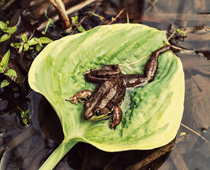
|
||||||||
|
| 2. |
What is one difference between the male and female common lizard? 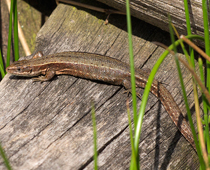
|
||||||||
|
| 3. |
The adder has a marking on its head which is similar to which letter of the alphabet? 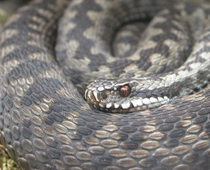
|
||||||||
|
| 4. |
What is the slow worm's alternative name? 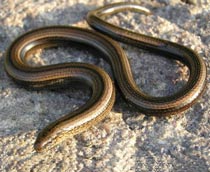
|
||||||||
|
| 5. |
Can you identify this British reptile? 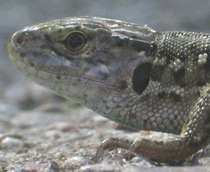
|
||||||||
|
| 6. |
Can you identify this British reptile? 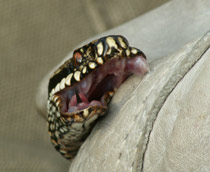
|
||||||||
|
| 7. |
The Common Lizard is viviparous. What does this mean? 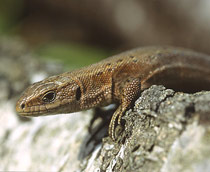
|
||||||||
|
| 8. |
Can you identify this British reptile? 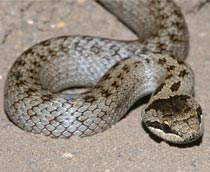
|
||||||||
|
| 9. |
A slow-worm has something that lizards have but snakes don't. What is it? 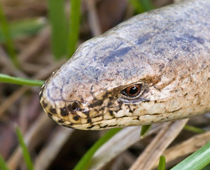
|
||||||||
|
| 10. |
Can you identify this British reptile? 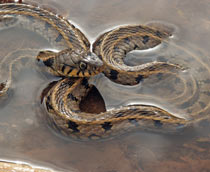
|
||||||||
|
